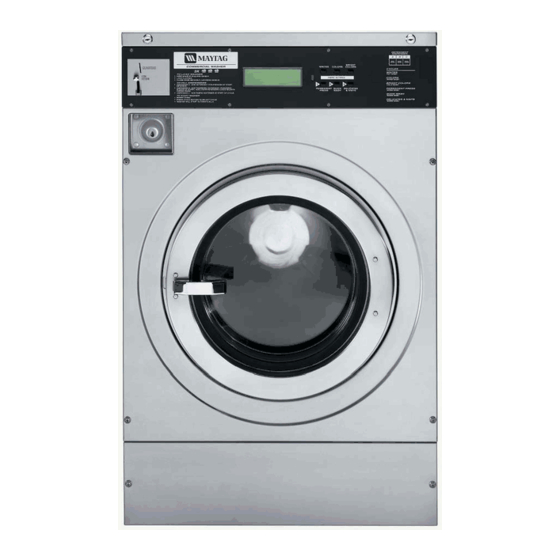
Table of Contents
Advertisement
Quick Links
Download this manual
See also:
Programming Manual
Advertisement
Table of Contents
Troubleshooting










Need help?
Do you have a question about the MFR Series and is the answer not in the manual?
Questions and answers
washer is not filling on rinse number 9 cycle
If the Maytag washer is not filling during the rinse number 9 cycle, the issue could be with the inlet valves. The troubleshooting process involves checking if water continues to flow when the washer is off. If water does not fill during the wash segment, the control board may need to be replaced. Additionally, if a specific valve is not closing, it may be due to a blockage, sediment, or a damaged diaphragm, requiring cleaning or replacement of the valve or its components.
This answer is automatically generated